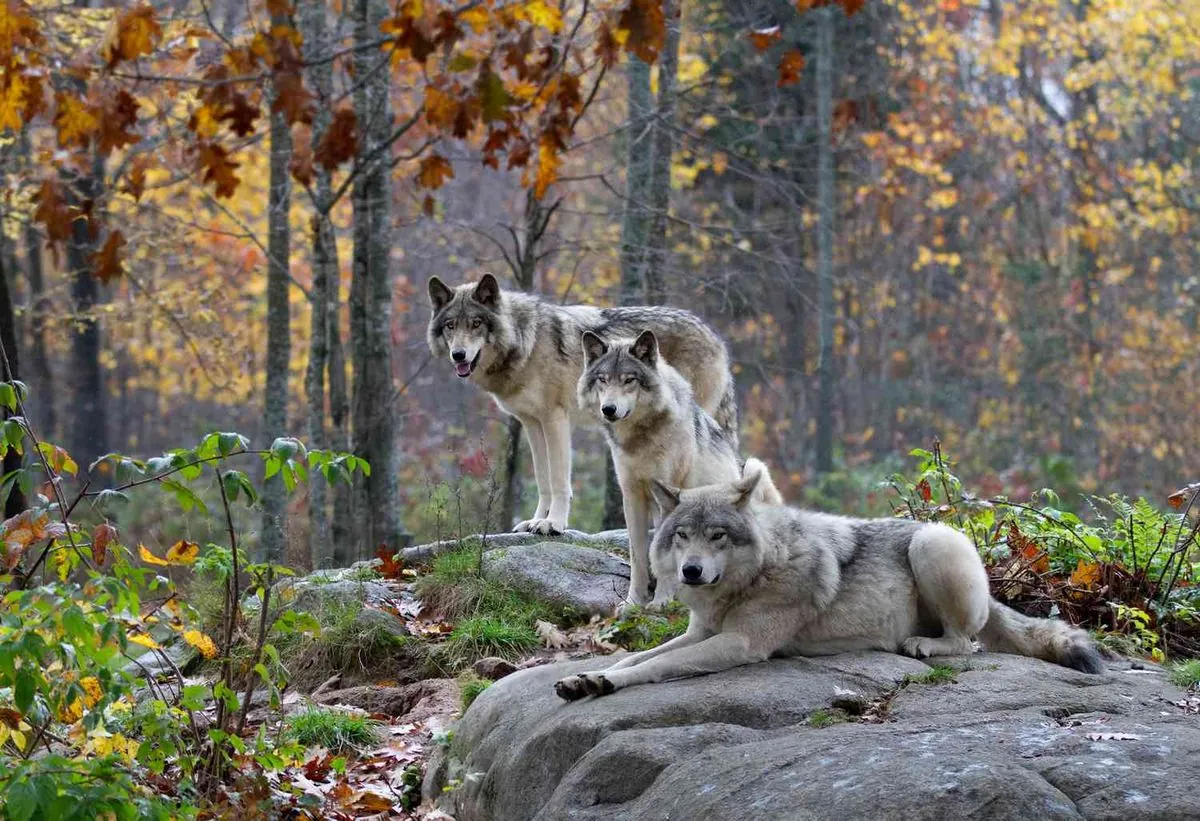The Biden administration has taken a significant step in the ongoing debate over gray wolf protection in the United States. On September 13, 2024, officials requested an appeals court to reinstate a Trump-era rule that would lift Endangered Species Act (ESA) protections for gray wolves across the country. This move could potentially place these predators under state oversight and reopen hunting in certain regions, particularly the Great Lakes area.
Gray wolves, once widespread across North America, have been at the center of conservation efforts and political controversies for decades. These magnificent creatures, the largest wild members of the Canidae family, were nearly eradicated by the mid-20th century due to government-sponsored trapping and poisoning campaigns. In 1974, they were granted federal protections, marking the beginning of a long and complex recovery process.
The current legal battle stems from a 2022 court ruling that restored protections for wolves, overturning the Trump administration's decision to delist them. Environmental groups argue that this protection is crucial for the species' continued recovery. Collette Adkins of the Center for Biological Recovery stated, "While wolves are protected, they do very well, and when they lose protections, that recovery backslides."
On the other side of the debate, livestock owners and hunting groups support the move to lift protections. They argue that wolf populations have recovered sufficiently in some areas to warrant state management. The U.S. Fish and Wildlife Service, represented by spokesperson Vanessa Kauffman, emphasized their focus on a recovery concept that allows wolves to thrive while respecting those who live and work in wolf-inhabited areas.
"The ESA (Endangered Species Act) is clear: its goal is to prevent extinction, not to restore species to their pre-western settlement numbers and range."
This statement reflects the government's position that the ESA's primary objective is to prevent extinction rather than restore species to their historical numbers and range. However, this view is contested by environmental groups who argue for more comprehensive recovery efforts.
Currently, wolf populations vary significantly across different regions of the U.S. The Great Lakes region boasts over 4,000 wolves, while the Rocky Mountains and Pacific Northwest are home to more than 2,000. These numbers, while encouraging, represent only a fraction of the wolves' historic range.
Wolves play a crucial role in maintaining ecosystem balance, as demonstrated by their reintroduction to Yellowstone National Park, which had significant positive ecological impacts. These intelligent animals live in packs of 6-10 individuals, can travel up to 30 miles a day, and possess remarkable sensory abilities. Their howls can be heard up to 6 miles away, and their sense of smell is 100 times stronger than a human's.
As the legal battle continues, the future of wolf management in the U.S. remains uncertain. The Biden administration's decision to pursue this case highlights the ongoing challenges in balancing conservation efforts with other interests. Meanwhile, a national recovery plan for wolves is due by December 2025, potentially shaping the long-term strategy for wolf conservation across the country.
